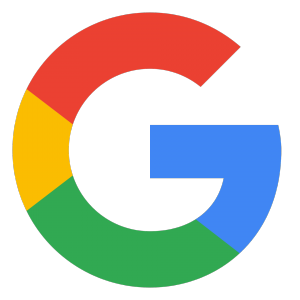In tech class here at ISD, on certain days, all the students work on something called Genius Hour. For those who are unfamiliar with this, Genius Hour is time dedicated to you for you to research and learn about any topic of your choice. Google allows time to be given to their employees for this, and many  cool and useful things have been created during that time, such as Google Hangouts. I think that the concept of Genius Hour is great because it allows students to express their creativity and pursue what they want to learn, so I am very fortunate to be in a class that allows us to take part in it.
cool and useful things have been created during that time, such as Google Hangouts. I think that the concept of Genius Hour is great because it allows students to express their creativity and pursue what they want to learn, so I am very fortunate to be in a class that allows us to take part in it.
For my first Genius Hour project, I decided I wanted to learn how to create 3-D computer models. To make sure I stayed on task, I turned my topic into the research question, “How do I create 3-D computer models?”. Very basic and general, but it served its purpose and kept me on track. I chose to try and learn this because of my experience with computer programming. I had created games using many different platforms, but I was always importing and rendering pre-made models that were available for me to download. This  may seem like it’s not a problem and actually less work, but it is very hard to find the right model when you are looking for very specific details. So, being able to download my own models into a game would deem very handy.
may seem like it’s not a problem and actually less work, but it is very hard to find the right model when you are looking for very specific details. So, being able to download my own models into a game would deem very handy.
I learned a lot from my project, but I think the most valuable thing I learned was that with my available device (Chromebook), I simply do not have the resources. I used the program SketchUp, which enabled me to create 3-D models, but exporting and downloading them to a game platform was impossible. From what I did have though, I still learned how to create a model, so that was a success. I learned how to make shapes, alter them to different proportions, colour them, and overall, 3-D print ![]() them! I created and printed a spidget finner (fidget spinner), which ended up turning out OK. It didn’t spin, so really it was just a spidget, not a spidget finner, but the shape was perfect and that was probably the most difficult part anyway.
them! I created and printed a spidget finner (fidget spinner), which ended up turning out OK. It didn’t spin, so really it was just a spidget, not a spidget finner, but the shape was perfect and that was probably the most difficult part anyway.
This helped me grow as a student by teaching me responsibility. We had trackers to fill out and due dates, all the things that kept me on track. This project probably taught me more about responsibility and self-directed learning that it did about computer modeling. That is something that benefited me, but unfortunately, I didn’t really have any positive impact on the world. As a matter of fact, I don’t think this had any sort of impact at all. This was really just for my own sake, but next Genius Hour I want to do something that has more of an effect on the world.
For my next Genius Hour project, I want to learn what components and techniques are needed to  create a good concert band score. This will mostly impact me, but also have a small effect on the community of Noteflight. Noteflight is a free songwriting software that allows you to share your scores and look at other people’s creations. This project will affect this community because then people can use my music to learn and have fun. Fun is really what I want to offer this world. Things are so stressed and busy nowadays, so a little fun might be good to loosen things up. I mean, who doesn’t like to enjoy themselves every once in a while?
create a good concert band score. This will mostly impact me, but also have a small effect on the community of Noteflight. Noteflight is a free songwriting software that allows you to share your scores and look at other people’s creations. This project will affect this community because then people can use my music to learn and have fun. Fun is really what I want to offer this world. Things are so stressed and busy nowadays, so a little fun might be good to loosen things up. I mean, who doesn’t like to enjoy themselves every once in a while?
Works Cited:
“10 Awesome Sketchup Plugins That Will Up Your Modeling Game (Explained With GIFs).”ArchDaily, 25 Nov. 2016, www.archdaily.com/799885/10-awesome-sketchup-plugins-that-will-up-your-modeling-game-explained-with-gifs.
“File:Google ‘G’ Logo.svg.” File:Google “G” Logo.svg – Wikimedia Commons, commons.wikimedia.org/wiki/File:Google_%22G%22_Logo.svg.
“3D Modeling for Everyone.” SketchUp, www.sketchup.com/.
Sheet Music Texture Picture | Free Photograph | Photos Public Domain, www.photos-public-domain.com/2012/07/17/sheet-music-texture/.
